How can an entrepeneur planning a startup that’s going to develop some revolutionary software that relates to how people work together discover truly game-changing product and business model possibilities? One approach is to look at a situation in a different way than everybody else. Easier said than done, typically … unless you’re lucky enough to discover a collective blindspot in current thinking.
Scott Page’s book The Difference highlights the importance of diversity in situations like this. The way I think of it is that a non-diverse crowd will fail to explore a lot of the possibilities. Strategically the best opportunties are likely to be in the areas that the are getting marginalized today. So whenever I see a #diversityfail related to the “web 2.0” and mobile technology/business world, my ears perk up and I start paying attention.
Alex Iskold’s Free: It Works, It Cries, It Bites on ReadWriteWeb is a roundup of reactions to Chris Anderson’s new book FREE — as well as his own opinion that free can be dangerous. Alex does a nice job summarizing opinions from Malcolm, Seth, Mike, Fred, Mark, and Brad … hey, wait a second, I’m noticing a pattern here …
Alex replied to me on Twitter, asking for links to posts by women and saying he’d be happy to add them. Janet Maslin’s Absolutely, Positively Free … if You Think You Can Afford It from the New York Times was near the top of Google’s main page so I sent him the link — and also suggested that he try reaching out to women. After thanking me, he told me that he thought it was better not to reach out.
Responses like this don’t even surprise me at this point. Shireen Mitchell (aka @digitalsista) of Social Media Women of Color describes this as a “your problem not ours” attitude: we can’t find them, so it’s not our fault. Intelligent women with plenty to say on this subject are out there, and easy to find if you make the effort. If you don’t bother, who else is responsible?
A big problem with not reaching out is that it tends to confirm your own blind spots. For example, in environments where you’re listening primarily to guys, you’re a lot less likely to hear women’s perspectives. Virtually all the commenters on Alex’ ReadWriteWeb post are male; so is just about everybody who replies to or retweets him on Twitter. And a lot of the guys he’s talking with also seem to be the kind of guys who don’t talk a lot with or about women — look at Chris Anderson’s blog and Twitter feed, for example.* The net effect is what network theorists describe as a clique of male nodes with preferential attachment to other male nodes.
Guys talking to guys who talk about guys.
It’s not like this is new behavior. Shelley Powers described it vividly four years ago in Guys don’t link. Plenty of others have documented it too, including me (1, 2).  Same old same old. Oh well. However …
From a startup pespective, great products together with a business model that takes advantage of a collective blindspot creates the potential for a unexpectedly huge opportunity that everybody else is overlooking.
Who knows for sure, but it’s distinctly possible that there are a lot of promising variations of “free”-related business models that all the guys talking to each other on the subject haven’t aren’t explore.  And there are may also be some aspects of what makes a product great that the guys aren’t paying enough attention to either. With the right people and company culture, there could be some really interesting opportunities here.
So stay tuned for my upcoming post: #diversitywin: pithy title here.
jon
PS: If you want to check out Chris Anderson’s FREE, he’s providing it in a time-limited free version in a variety of formats: a Scribd ebook, Audible audiobooks, and GoogleBooks. If any women — or anybody else whose perspectives aren’t getting heard in the discussions of “free” business models — have any insights, please feel free to share!
* or Chris’ book Free, for that matter, where almost every name mentioned is male.
** (August 11, 2013) For example, in a discussion about



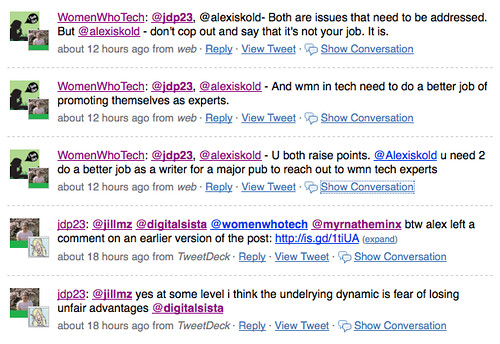
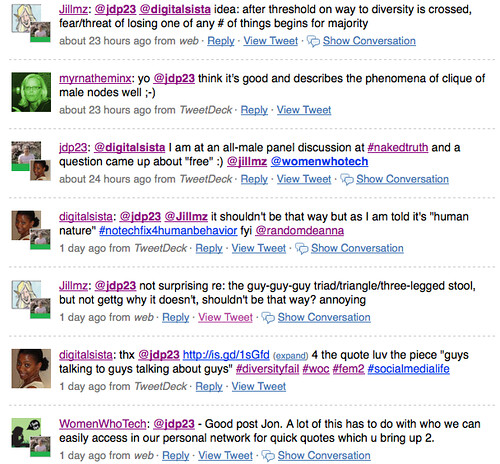
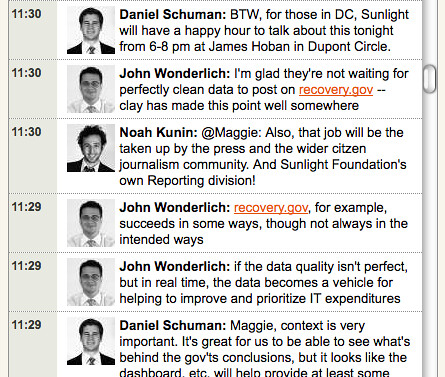



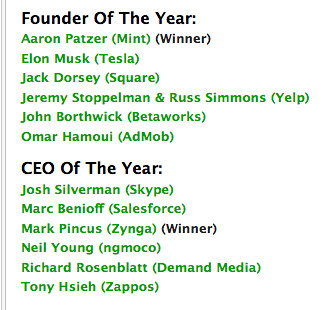




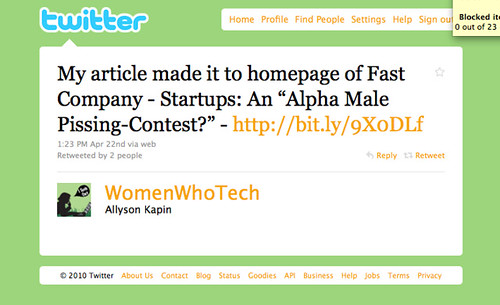
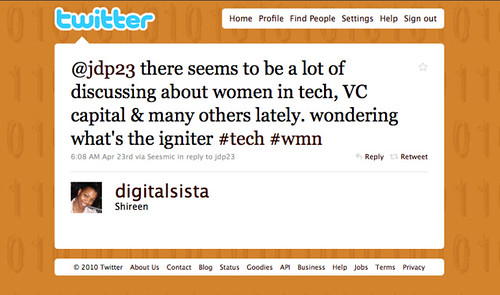
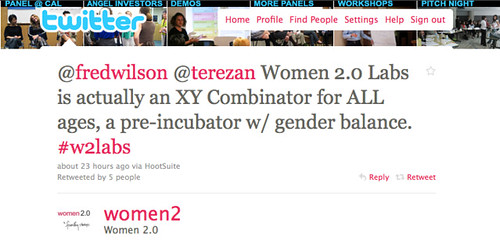
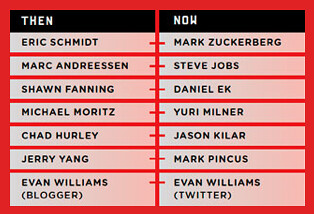


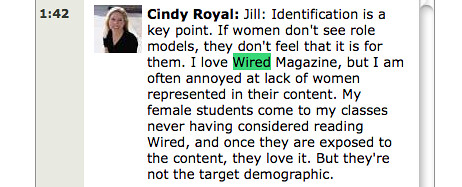
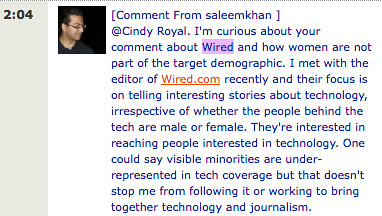
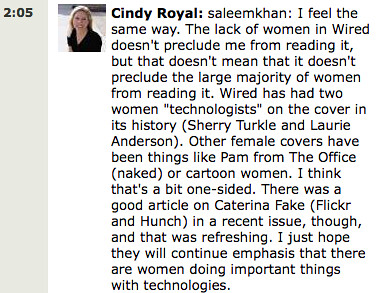










 In reality Christopher’s article is subtitled
In reality Christopher’s article is subtitled 

 From Cindy Royal’s
From Cindy Royal’s 


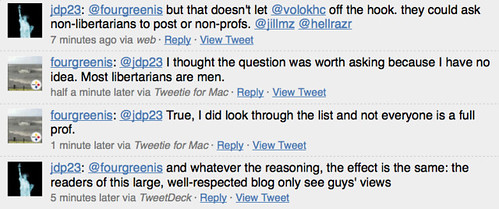


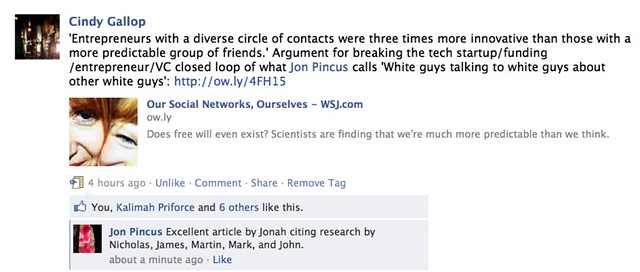

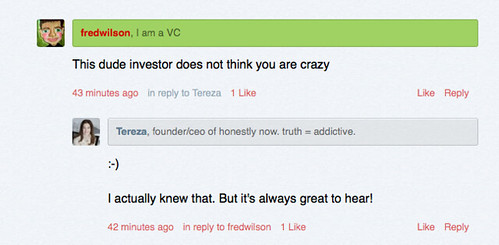
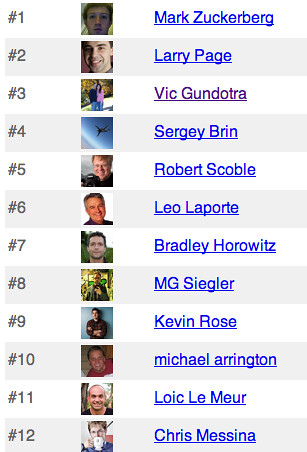
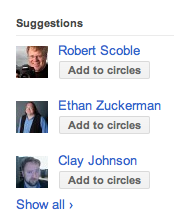


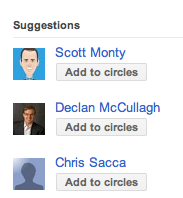
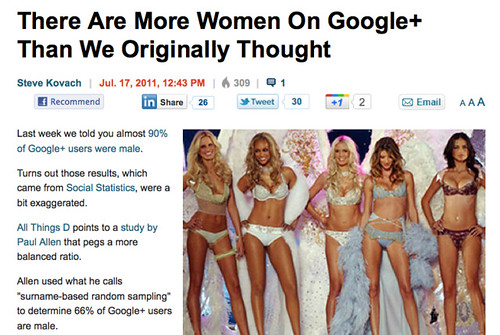
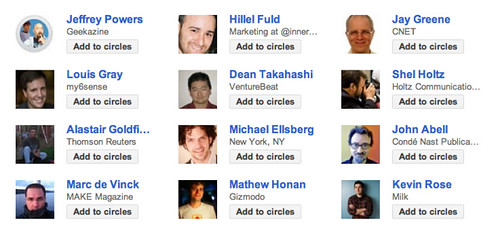
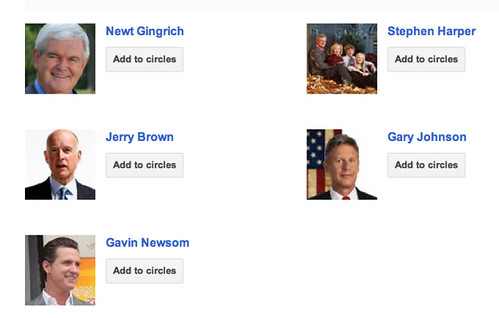

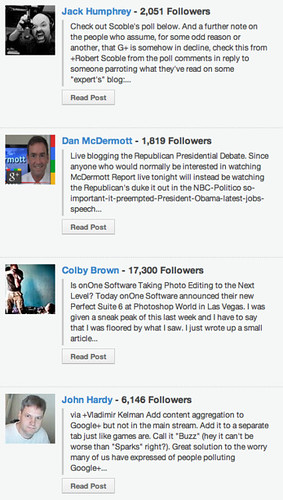
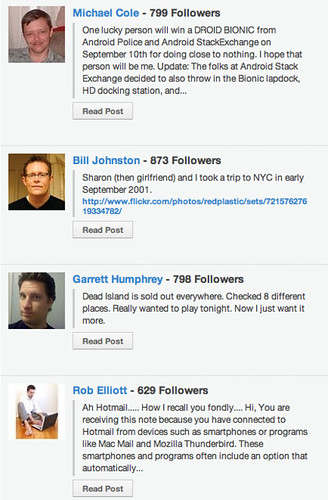

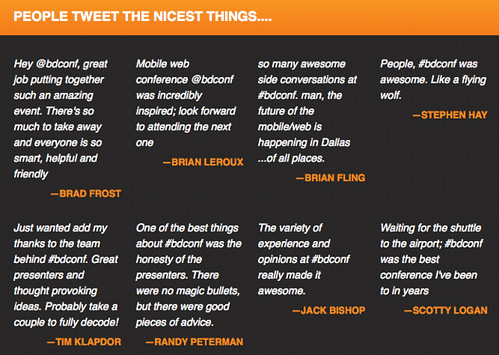

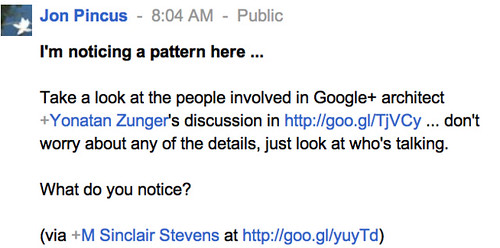

Leave a Reply